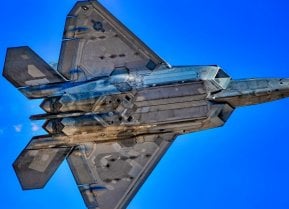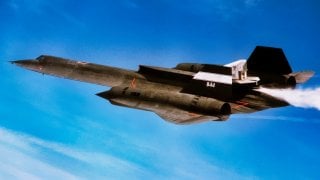The Incredible SR-71 Blackbird Is Still the Fastest Plane Ever to Fly
The SR-71 Blackbird retired from U.S. Air Force service decades ago but is still the fastest plane on Earth to fly. Aviation history will never be the same.
Meet the SR-71 Blackbird: Aviation history is littered with impressive aircraft. From the tiny SA-2A “Sky Baby” to the massive H-4 “Spruce Goose” aircraft designers have always pushed the boundaries of what is possible. In particular, the 1950s and ’60s were an era of rapid change as innovations in technology, metallurgy, electronics, and avionics enabled aircraft to accomplish previously unimaginable feats.
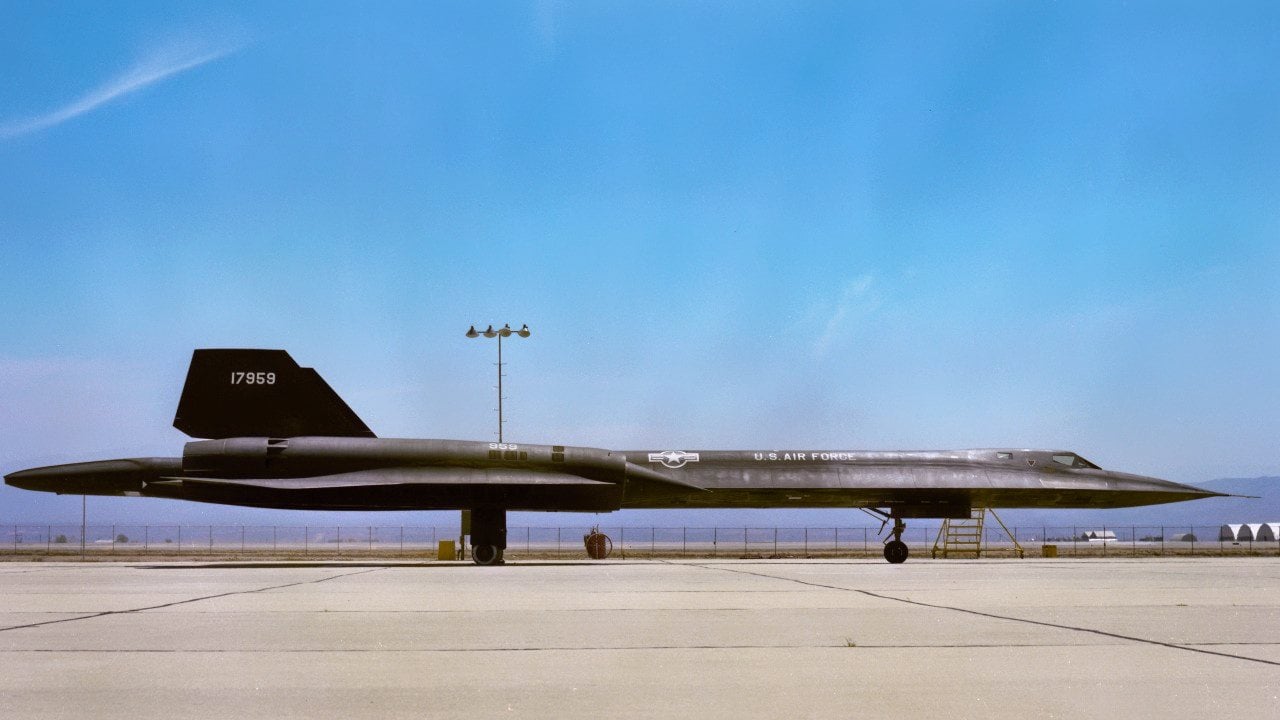
One aircraft in particular stands apart in its unparalleled, record-breaking design. That aircraft is the SR-71 Blackbird reconnaissance plane operated by the U.S. Air Force (USAF). Its iconic, blue-black coloration, spike-tipped engine intakes, and sleek look make it instantly recognizable to aviation enthusiasts around the world.
SR-71 Blackbird: Successor to the U-2
In the 1950’s, U.S. policymakers were incredibly concerned about the capabilities of its new Soviet rivals. In order to gather more intelligence, a report commissioned by the USAF suggested a reconnaissance aircraft flying at 70,000 feet would be safe from Soviet defenses; however, other officers believed 60,000 feet would be high enough.
To accomplish this goal, the USAF commissioned several companies for a high-flying recon aircraft. While they ultimately went a different direction, the CIA pursued the aircraft that would eventually become the U-2. The “Dragon Lady” flew several successful missions over the Soviet Union, frustrating the Soviet Air Defense forces whose aircraft and missiles were unable to intercept the high-flying spy plane. Advances in their surface-to-air missiles fielded the SA-2, which managed to shoot down the U-2 flown by CIA pilot Francis Powers in 1960.
While the CIA had already been working with the secretive Lockheed “Skunk Works” on a U-2 replacement that was capable of flying faster and higher as well as being far more difficult to detect by radar, the loss of Powers’ U-2 emphasized the urgency of these efforts.
Stealth and Speed for the Blackbird
The SR-71 was designed around two major concepts: reduced radar cross section (RCS) and high speeds. It was hoped that this combination of stealth and speed would make it invulnerable to adversary air defenses. Its record, with none lost to enemy action, suggests its design was successful.
In order to reduce RCS, designers at Lockheed, principally renowned aeronautical engineer Clarence “Kelly” Johnson, drew on early studies of stealth technology. Lessons from these studies led designers to cant the twin vertical tails inward as well as add a distinctive “chine” around the fuselage of the aircraft. Unlike most larger airplanes – such as commercial airliners – whose fuselages are essentially rounded tubes, the SR-71 has a distinctive sharp edge running all the way around the fuselage.
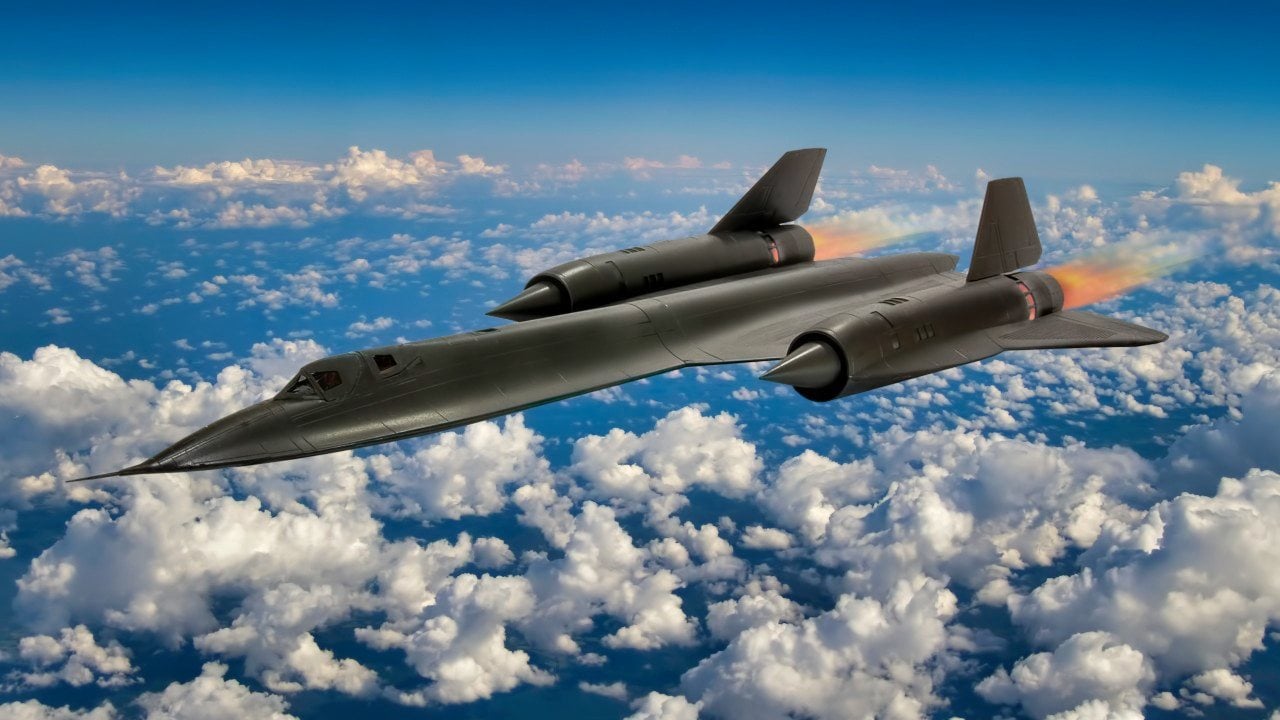
In addition to its unique shape, the Blackbird incorporated several other stealth features. Its blue-black paint was intended to reduce heat emission and help it blend with night skies as well as giving it its nickname. Several of its surfaces used early examples of radar-absorbing materials, further reducing its RCS.
To complement its stealth aspects, Johnson and his team also sought to make the SR-71 the fastest aircraft ever. The theory was that should a surface-to-air radar be able to detect the Blackbird, it would be out of range before it could fire a missile. In order to accomplish this goal, the Skunk Works designers had to contend with several challenges such as inlet air speed and high temperatures.
Jet engines function by drawing air through inlets to use in a Brayton Cycle, colloquially known as “suck, squeeze, bang, blow.” At supersonic speeds, air going into the intakes creates shockwaves which can disrupt and damage the engines. Most modern supersonic aircraft use specially designed inlets to slow the air to subsonic before ingestion; however, the excessive speed of the Blackbird called for a radical new approach. The result was distinctive movable inlet spikes that protrude from the front of the two Pratt & Whitney J58 engines. These spikes retracted at high speeds, creating a perfectly shaped conical shockwave just inside the inlet which slowed the air enough for the engines to function.
The other major challenge of flying at high Mach numbers is the massive amount of heat generated by the friction of air against the skin of the aircraft. Aluminum is a popular aircraft material due to its excellent strength-to-weight ratio, however, it is unable to withstand the excessive temperatures the Blackbird generated. Instead, Lockheed used titanium alloys whose raw materials were, ironically, mostly imported from the Soviet Union.
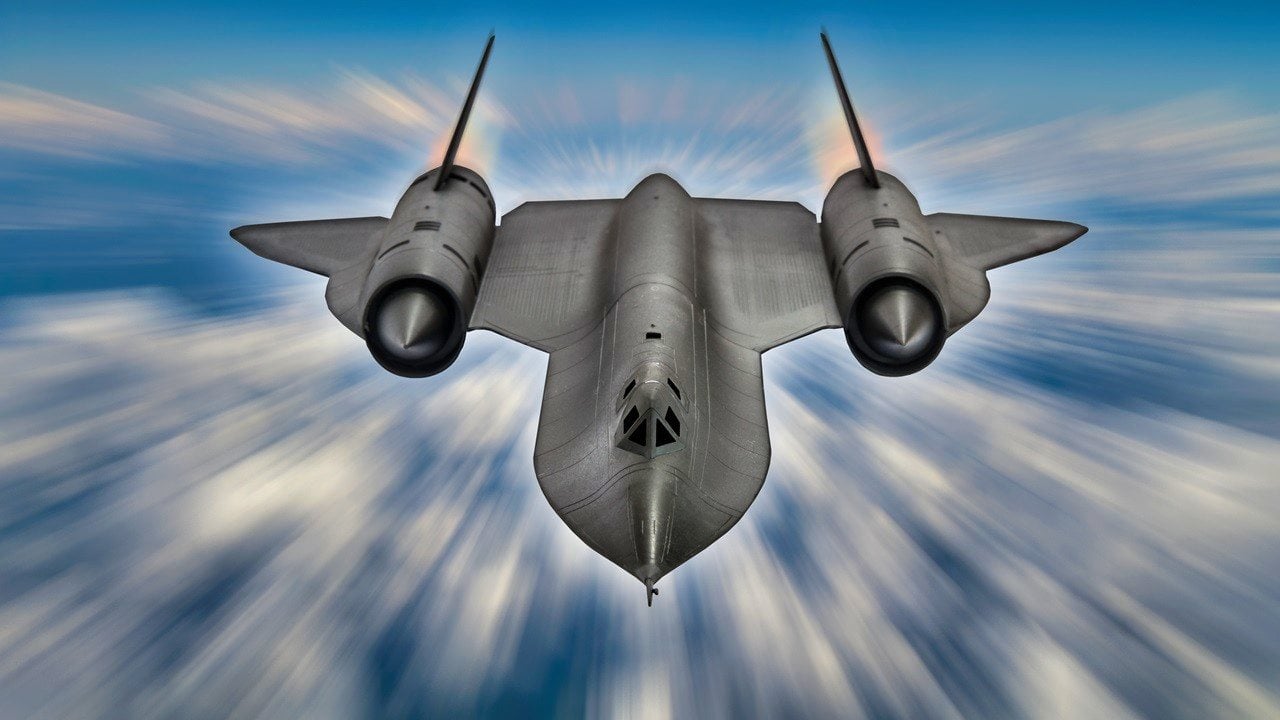
In addition, panels were designed with a corrugated surface and gaps between them to allow expansion when they were heated during flight. This led to the often awkward circumstance of the Blackbird leaking fuel on the ground as the fuselage and fuel tanks were not fully sealed until they heated in flight. Pilots and ground crew had to take care after landing as the skin of the aircraft was often in excess of 500º Fahrenheit.
These innovations made the SR-71 the highest flying, fastest aircraft ever built. It was capable of flying at 85,000 feet and Mach 3.2, feats no other air-breathing aircraft has come close to accomplishing. Over its lifetime, it flew multiple missions to gather intelligence, primarily over the Soviet Union.
It was retired in 1989 after much controversy surrounding the program, with detractors claiming it was too expensive and made redundant while proponents argued that it had a specific role in intelligence gathering and had not been upgraded as it should have.
Four years later, the Department of Defense and U.S. Congress reactivated the Blackbird, however, this was a short-lived reprise as it was again phased out in 1998. Today, it is still known as the fastest aircraft ever.
About the Author
Maya Carlin is an analyst with the Center for Security Policy and a former Anna Sobol Levy Fellow at IDC Herzliya in Israel. She has by-lines in many publications, including The National Interest, Jerusalem Post, and Times of Israel. You can follow her on Twitter: @MayaCarlin.
Main image is from Creative Commons. All other images are from Shutterstock.
